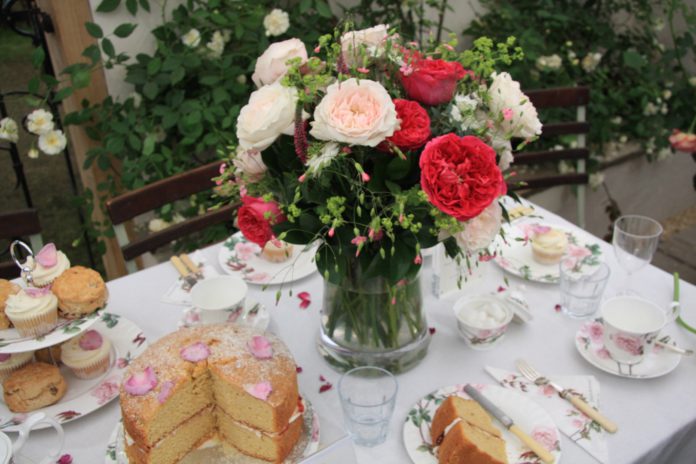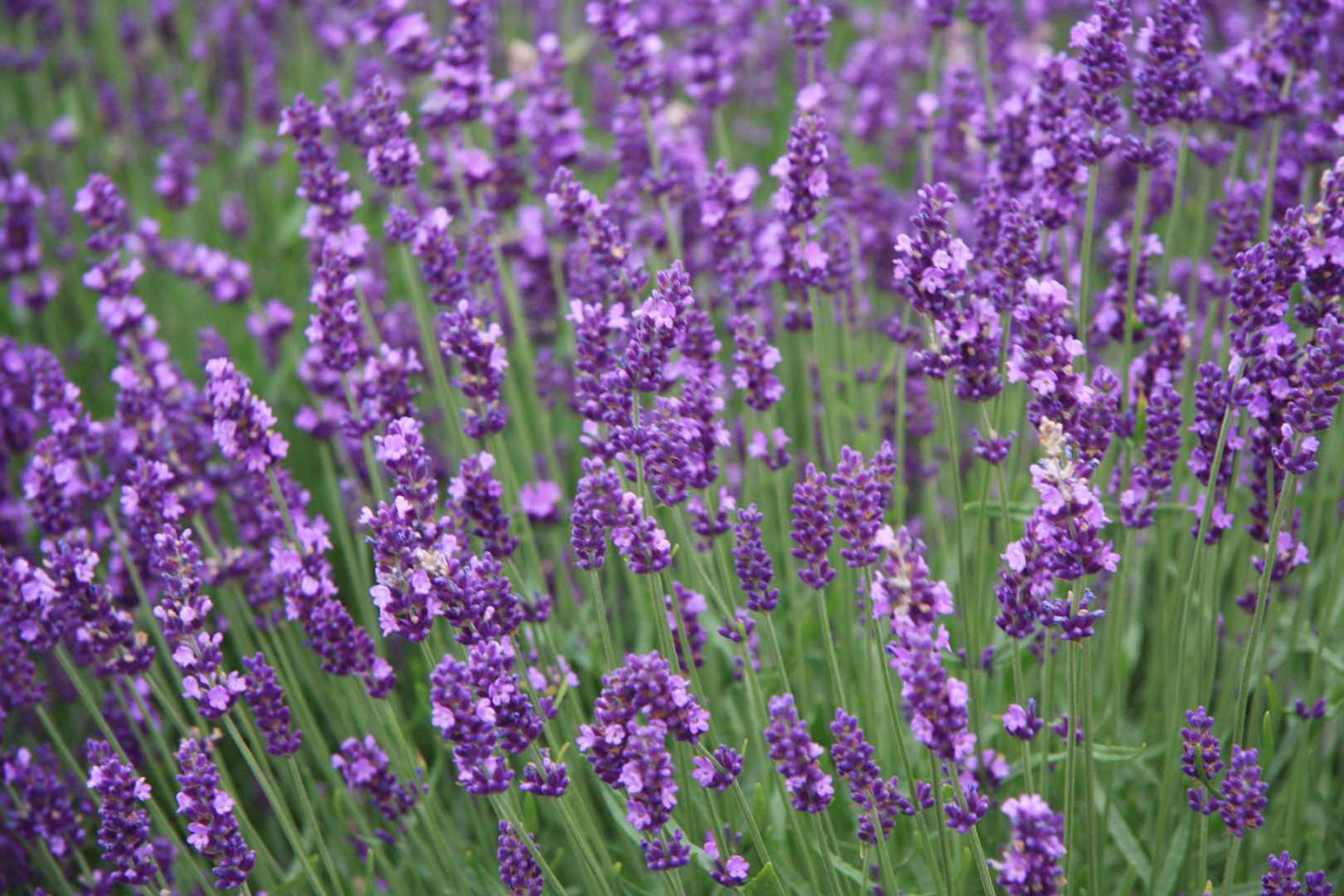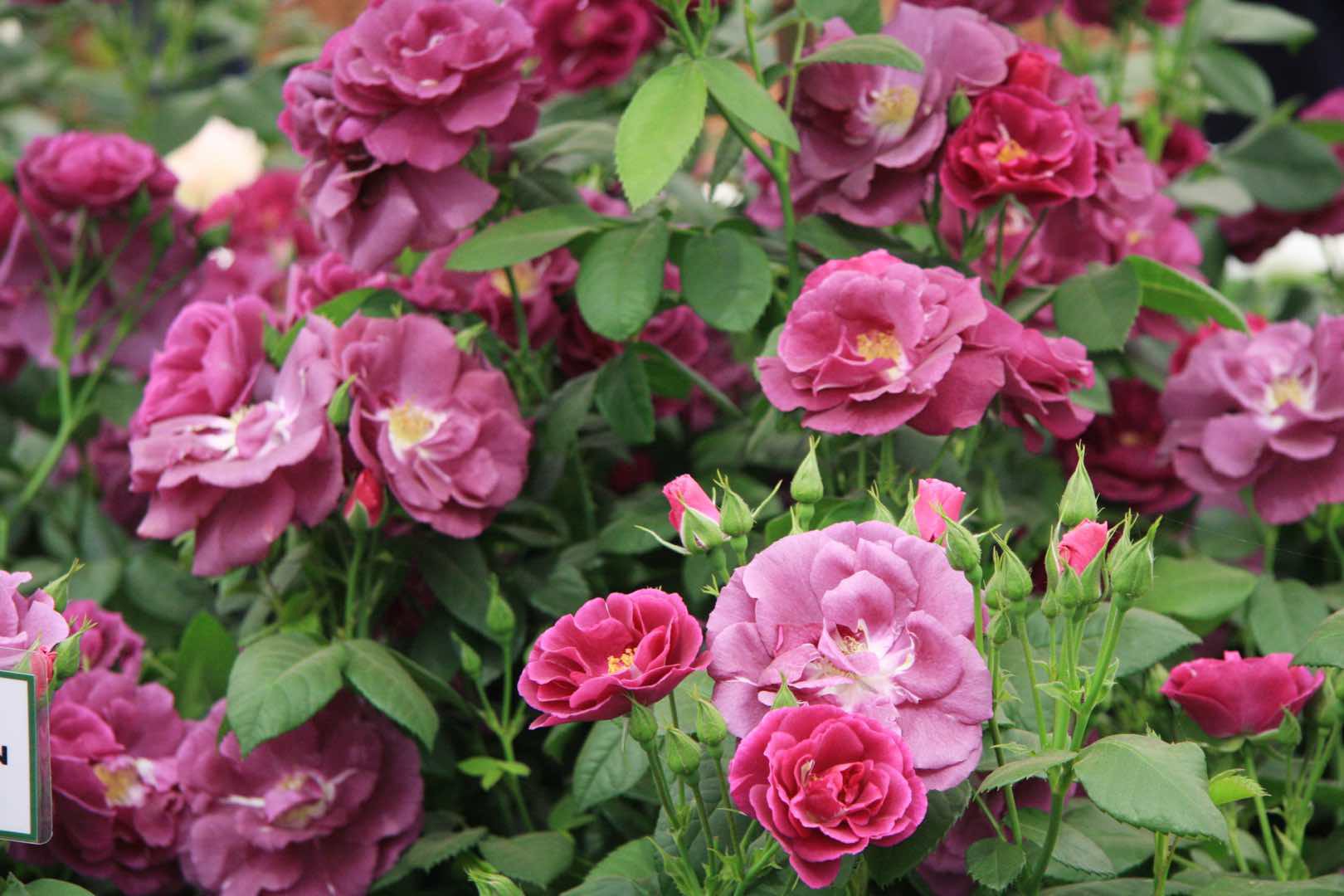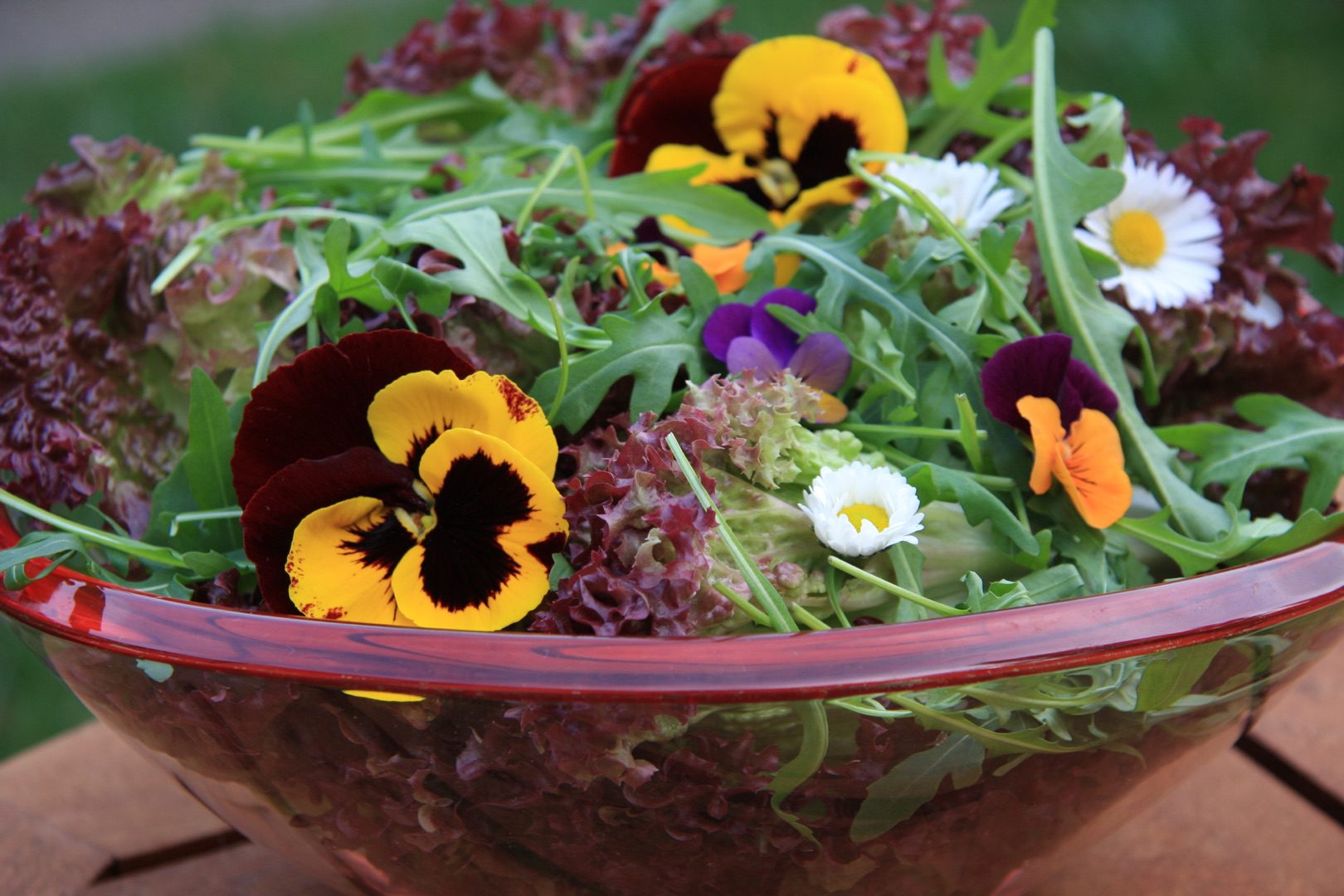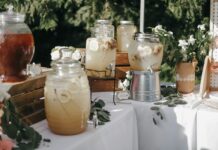Colourful rose petals on desserts, daisies in salads or soup, lavender flowers in ice cream… Flowers have recently been much sought after in gastronomy. You can also use them at home and surprise your special guests with them.
Whole flowers, small flowers from inflorescences or individual flower petals for decoration or seasoning foods have been used since ancient times. Flowers in connection with food were even served at royal feasts, and today they give meals a more exclusive look and character.
What Species Can Be Eaten?
With flowers you can decorate and enliven in an original way salads, risotto, garnishes, meat dishes, soups, spreads, refreshing drinks, mixed drinks, desserts and ice cream; you can even freeze them into ice cubes and serve them curing celebratory dining. The possibilities vary; it is simply up to you and your originality how you use these gifts of nature.
Naturally, not all flowers are suitable for putting in foods and eating. Many are even poisonous or otherwise dangerous. Flowers from a flower shop or hobby market are frequently chemically treated and coloured. For consumption, flowers from your own garden are suitable, and you can even plant a special flower bed with edible species. You can also get them from specialized cultivators who do not chemically treat the flowers or simply from flowers in nature. Edible flowers are also gradually being found for sale. The offer is constantly expanding, and the opportunities to experiment are thus opened not only for gourmets.
For consumption, flowers from your own garden are suitable, and you can even plant a special flower bed with edible species.
Without fear you can combine with food and consume smaller and medium-sized roses, daisies, dandelions, nasturtium, marigold, primrose, dead nettles, gladioli, zucchini, viola, violets, cloves, petunias, lavender, chives or borage. The petals of sunflower, marsh mallow, dahlias or chrysanthemum can also be thrown. Other flowers are also tempting. Before you decide to experiment and use other plants, make sure to check that they are not poisonous. Flowers of the commonly grown lilies of the valley, daffodils, buttercups, autumn crocus, oleanders, foxglove, rhododendrons, larkspur and many others are, for example, inappropriate for this purpose and can cause harm.
Surprising Flavours
Colourful flowers add a freshness to food, and many also hide unknown flavours. The petals of dahlias taste unusually acidic; the flowers of nasturtium are spicy, while the flower petals of violets and the marsh mallow are sweet. Lavender and marigold flowers are notable for a specific flavour. Many give the chosen dishes a unique taste. The deep blue flowers of the borage, for example, are perfectly suited to cucumber salads, and nasturtium flowers perfectly season grilled specialities and meat dishes.
The aromatic flowers of lavender, rose and violet give desserts an unmistakable flavour. For a more intense effect, you can sprinkle them with a little sugar a few hours before serving. The sweet flowers of primrose or dead nettle are used for decorating and sweetening desserts. Flowers are mostly used with final dish preparation, not cooked together with the foods. Most of them would lose not only their attractive appearance but also valuable aromatic substances.
Text and Photo: Daniel Košťál




